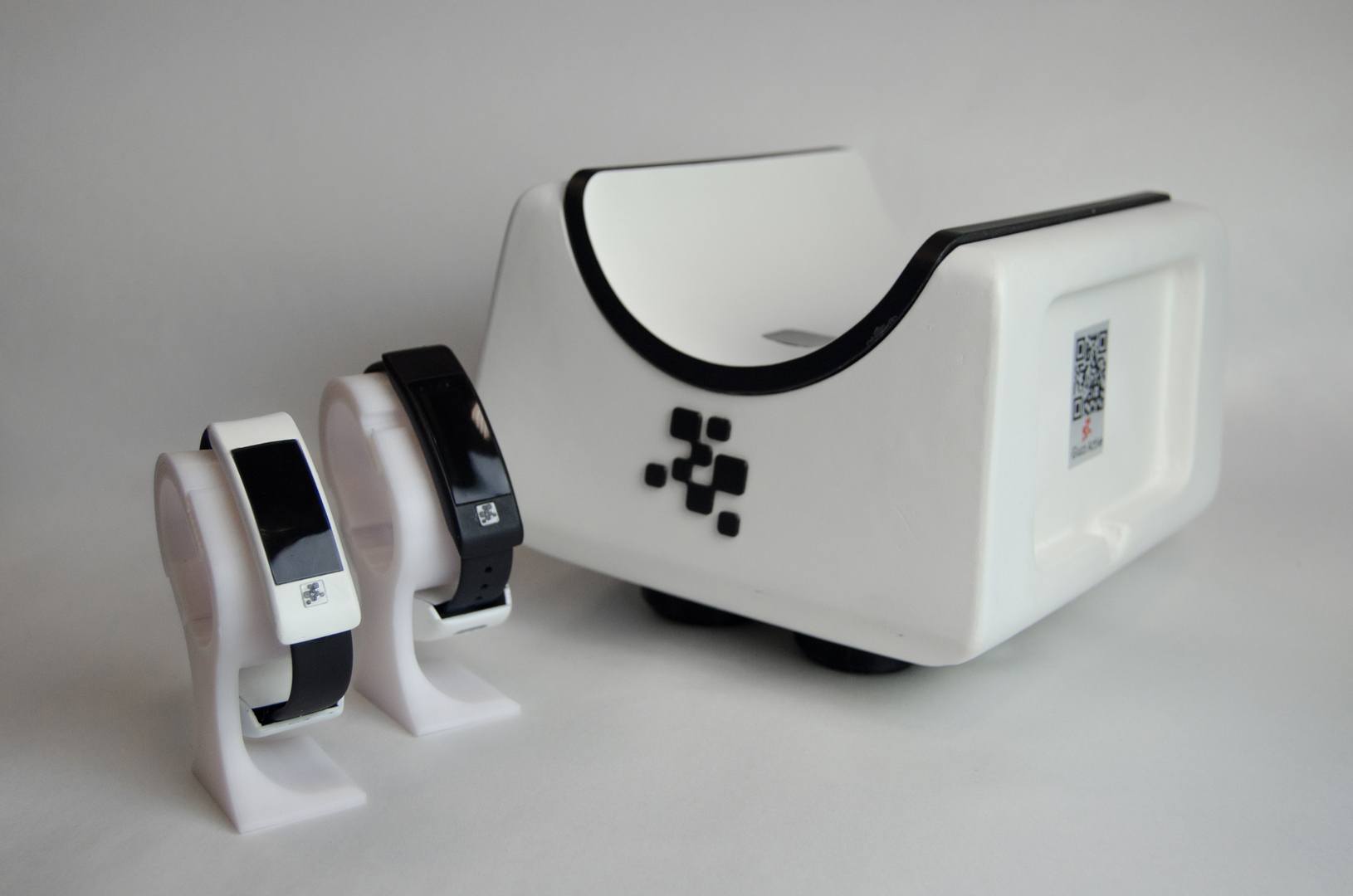YOUR BROWSER IS OUT-OF-DATE.
We have detected that you are using an outdated browser. Our service may not work properly for you. We recommend upgrading or switching to another browser.
Date: 06.08.2019 Category: general news, science/research/innovation
The startup GlucoActive, founded by graduates of Wrocław University of Science and Technology, is working on a device for non-invasive blood glucose testing. It is supposed to help diabetics in particular, but it will also be used by people on a diet as well as athletes.

- According to official information, about 10% of the world population suffers from diabetes, but the symptoms of the disease occur as often as in every third person. In many people, the disease is still undiagnosed, because for the first few years it can develop asymptomatically - explains Maciej Wysocki, a graduate of Wrocław University of Science and Technology and co-founder of GlucoActive.
Diabetic patients can control their own blood glucose levels by means of a meter that requires blood collection (e.g. from a fingertip) or a special sensor with a micro-needle placed in subcutaneous tissue by means of puncture (FreeStyleLibre).
The main goal of the Wrocław-based startup is to develop a solution that will allow you to measure blood glucose levels without the need to pierce the skin. The device being designed resembles a watch. It will be comfortable, easy to use, and the measurement will be carried out using optical and spectrophotometric methods.
The method developed by our graduates involves lighting the skin with light of a certain wavelength several times and then analysing the results obtained in this way.
- We examine factors including how much light has been dispersed, absorbed by the skin, as well as how it has changed spectrally. This may seem simple, but the secret lies in the mathematical analysis of these measurements. The biggest problem for us was the fact that the human body, speaking colloquially, is a 'mixture' of many compounds which disperse light strongly and give many different signals. We had to create solutions allowing us to extract only information about glucose from the data - explains Jakub Niemczuk, a graduate of the Faculty of Electronics of Microsystems and Photonics at WUST, CTO at GlucoActive.
 The researchers spent over a year analysing blood and skin samples to see how light was dispersed and how the spectrum could be analysed. Eventually, they succeeded in developing a number of mathematical methods and algorithms that can process the data and determine blood glucose levels.
The researchers spent over a year analysing blood and skin samples to see how light was dispersed and how the spectrum could be analysed. Eventually, they succeeded in developing a number of mathematical methods and algorithms that can process the data and determine blood glucose levels.
The initial research was conducted in laboratories of Wrocław University of Science and Technology using large professional spectrometers, but the optical installations used at the startup’s premises also take up a lot of space. Therefore, it was necessary to miniaturise them, which only a few years ago seemed impossible.
Initially, the watch is to show only glucose concentration, but the research and development objectives involve ensuring that the device is like a smartwatch with a dedicated application. It will also be possible to program the watch to automatically measure the glucose level at specific intervals. It is also possible that in the future, options to check the level of cholesterol, haemoglobin, or hydration of the body, will be introduced.
They will be used not only by diabetics but also people on a diet, athletes and even divers.
- When designing the watch, we got many requests to make it very durable and waterproof. It turned out that diabetic divers swimming at great depths are exposed to rapid drops in blood glucose, which can cause loss of consciousness. With our device, they could control its level on an ongoing basis - adds Jakub Niemczuk.
Before the end of this year, the founders of the startup want to conduct official medical experiments, which are to confirm the results of their research. The device is to be marketed as a sports gadget in the middle of 2020 and is expected to cost about 2 thousand PLN. Then, the inventors will also apply for medical certification.
In addition to watches, the designers are also working on a larger, stationary device for measuring glucose, which in the future could be used by pharmacies.
Eleven people are currently working on the project - graduates, PhD students, and MSc students of Wrocław University of Science and Technology, as well as a researcher from the Polish Academy of Sciences. The works are being conducted with sources of support including the grant of the National Centre for Research and Development "BRIdge Alfa".
Our site uses cookies. By continuing to browse the site you agree to our use of cookies in accordance with current browser settings. You can change at any time.